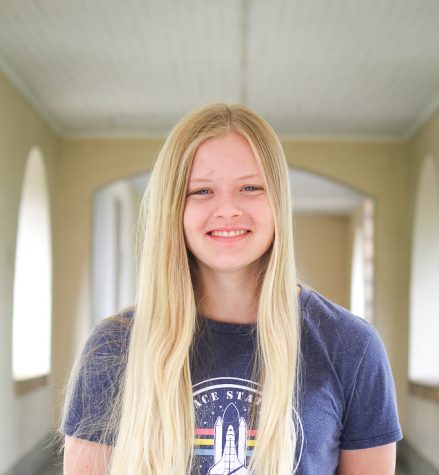Student website displays county virus data
April 17, 2020

A website created by two Palo Alto High School students offers communities across the United States a clear and concise way to view COVID-19-related data in their county.
The site’s creators, Paly seniors Victor Lin and Jonathan Kao, say they began creating their website, Clear Cov-19, a few days after school closed and published it about a week later.
On the website, a user can type in a zip code and select a county to view its coronavirus-related data, such as the number of confirmed cases, deaths, and hospitalizations. Each statistic includes a graph that shows how that data has developed over time. Users can also sign up to receive daily updates through email.
“We became very excited the moment we thought of the idea and got started the next day,” Lin stated in a text message to The Paly Voice. “We knew this would be a valuable opportunity to provide something that didn’t exist yet but should. So the creation process was quite frantic and more about pushing something out than a perfect product.”
Lin and Kao say they came up with the idea for their website after noticing the lack of news outlets publishing coronavirus statistics on a local level.
“We decided to make the website because we saw, at the time, major news sources only reported state-level coronavirus data and didn’t really tell people how well or how poorly their community was doing,” Kao stated in a message to the Voice.
The website compiles data from sources including 1Point3Acres and The COVID Tracking Project, according to the site.
According to Lin, the pair split up the work into two parts — front-end and back-end development. Lin worked on the front-end, designing the visual aspects of the website and making the site compatible with a mobile phone while Kao focused on the back-end, developing data processing and automatic updates.
“I knew we would have a very large mobile audience, so it was vital that our site could adapt to various display dimensions in order for everyone to be able to enjoy what we created,” Lin stated in a message to the Voice.
According to Kao, one challenge they faced was advertising the website. However, Kao says that with parent-involvement through Nextdoor, they were able to reach a larger audience.
Although the website has been up and running for a few weeks, Lin says he and Kao are still making changes and perfecting the site.
“The process of making a website doesn’t ever really end,” Lin stated in a message to the Voice. “There is always new, valuable feedback surfacing that causes us to continually improve and tweak our site, making it easier and more useful for everyone.”


